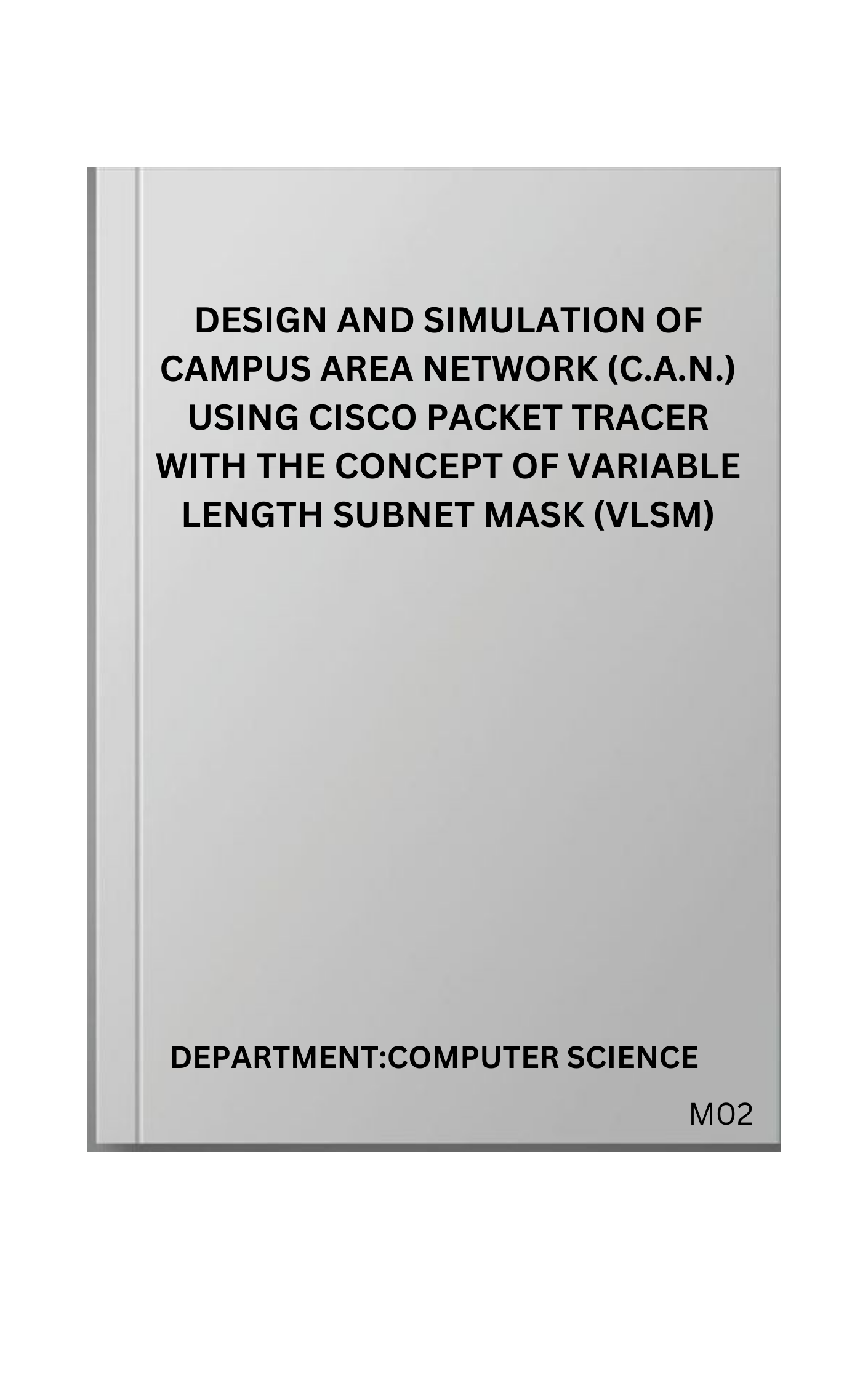CHAPTER ONE
INTRODUCTION
The motion detector is not only used as motion alarm but also used in many applications like home automation system, energy efficiency system, etc. The motion detector will detect the motion of the people or objects and give the appropriate output according to the circuit. In general, motion detector uses different types of sensors like Passive infrared sensor (which will detect the motion of the person using the person body heat), microwave sensor (Microwave sensor will detect the motion of person by measuring the change in frequency from the produced beam), ultrasonic sensor (It produces acoustic signals which will detect the motion of a person) etc. There are some motion detectors which will use different technology and include number of sensors (PIR, microwave sensor, ultrasonic sensor, etc.) to reduce the false triggering and increase the accuracy in motion detection.
1.1 BACKGROUND OF STUDY
The first motion detector was invented in the early 1950s by Samuel Bango, and which was a burglar alarm. He applied the fundamentals of radar to ultrasonic waves – a frequency to detect fire or thief and that which human beings cannot hear. Samuel motion detector is based on the principle of Doppler Effect. Nowadays, most of the motion detectors work on the principle of Samuel Bango’s detector. PIR sensors and microwave sensors can detect motion by the alterations in the frequencies they emit. Motion detectors are used as security systems in banks, offices and shopping malls, and also as intruder alarm in home. The prevailing motion detectors can stop serious accidents by sensing the persons who are in close proximity to the detector. We can observe motion detectors in shopping malls or stores with automatic doors. The main element in the motion detector circuit is the dual infrared reflective sensor or any other detecting sensor an electronic motion detector contains an optical, microwave, or acoustic sensor, and in many cases a transmitter for illumination. However, a passive sensor only senses a signal emitted by the moving object itself. Changes in the optical, microwave, or acoustic field in the device's proximity are interpreted by the electronics based on one of the technologies listed below. Most inexpensive motion detectors can detect up to distances of at least 1-7 feet (2 meters). Specialized systems are more expensive but have much longer ranges. Tomographic motion detection systems can cover much larger areas because the radio waves are at frequencies which penetrate most walls and obstructions, and are detected in multiple locations, not just at the location of the transmitter. Motion detectors have found wide use in domestic and commercial applications. One common application is activation of automatic door openers in businesses and public buildings. Motion sensors are also widely used in lieu of a true occupancy sensor in activating street lights or indoor lights in walkways (such as lobbies and staircases). A motion detector may be among the sensors of a burglar alarm that is used to alert the home owner or security service when it detects the motion of a possible intruder. Such a detector may also trigger a security camera in order to record the possible intrusion.
1.2 STATEMENT OF THE PROBLEM
In contemporary residential and office spaces, the need for reliable and efficient security systems has become increasingly paramount. Traditional security measures often prove inadequate, necessitating the development of advanced and user-friendly solutions. One significant gap in current security offerings lies in the absence of personalized and adaptable motion detection systems tailored specifically for home and office environments.
The existing motion detectors in the market face challenges such as limited accuracy, false alarms, and a lack of integration with smart home or office systems. Additionally, many off-the-shelf solutions lack customization options, making it challenging for users to configure the system according to their unique preferences and needs. This limitation not only compromises the overall effectiveness of the security infrastructure but also results in an increased likelihood of false alerts, leading to a loss of trust in such systems.
Furthermore, the evolving nature of security threats requires a more sophisticated approach to motion detection, encompassing real-time monitoring, data analytics, and seamless integration with existing smart home or office ecosystems. Therefore, there is an urgent need to address these deficiencies by developing a state-of-the-art motion detector system that combines accuracy, adaptability, and integration capabilities to ensure a comprehensive and user-centric security solution for both home and office environments.
This project aims to design and assemble an intelligent motion detector system that overcomes the current limitations, providing users with a reliable and customizable security solution. The successful completion of this project will contribute to advancing the field of home and office security, offering a cutting-edge motion detection system that enhances overall safety and peace of mind for users.
1.3 AIM OF THE STUDY
This project is aimed at designing and subsequently constructing a device that is capable of detecting intrusion at any location, as it will prompt an alarm.
BUY TO GET FULL PROJECT














































































